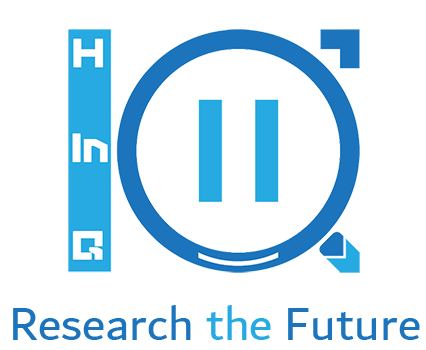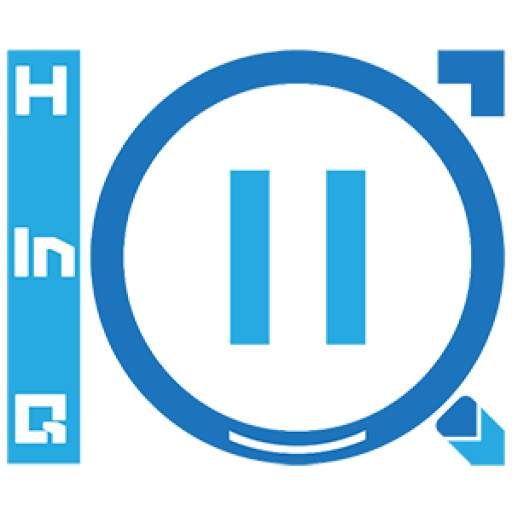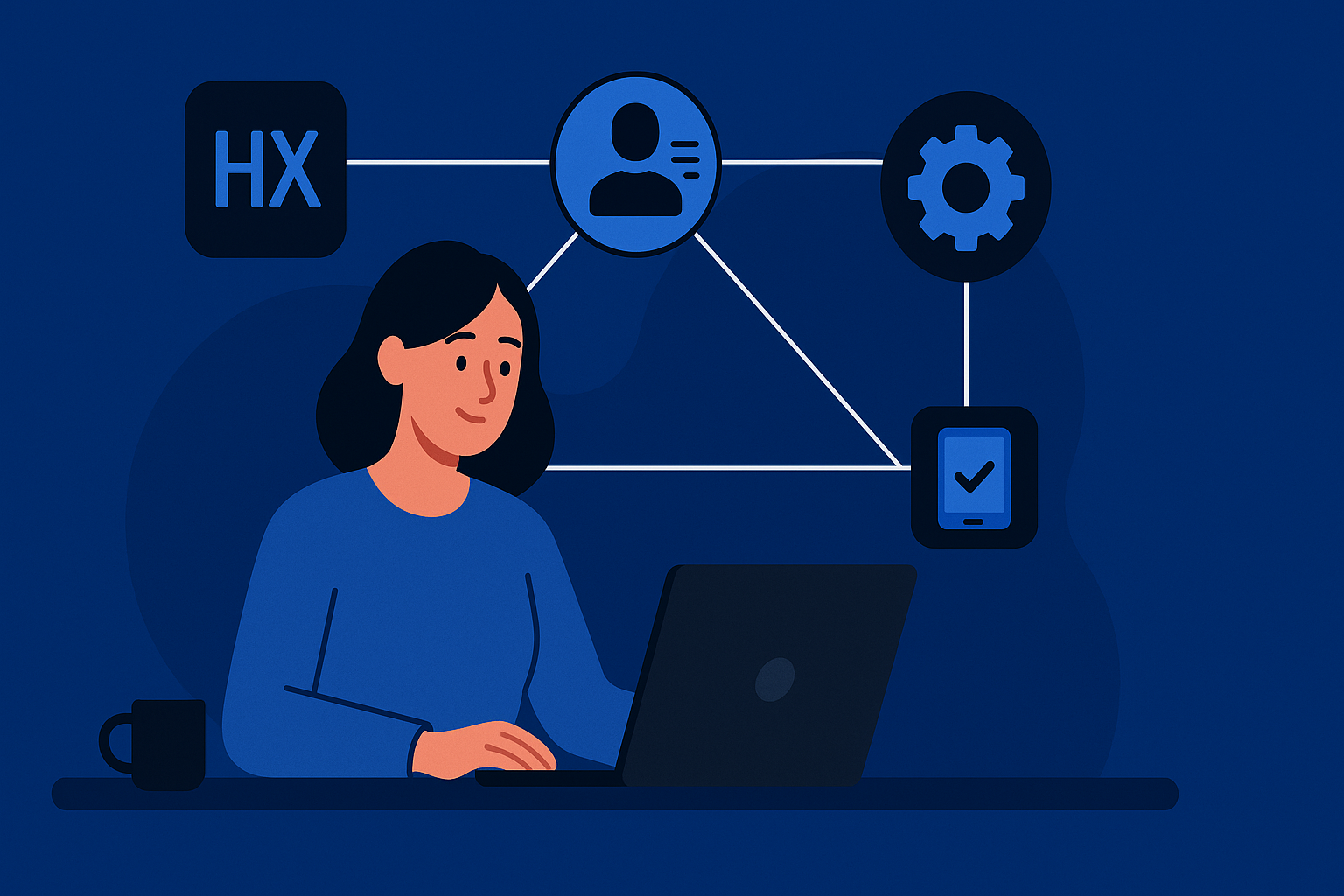From HR to HX: A Paradigm Shift in Progress
The workplace is evolving, and so is the language we use to define it. Human Resources was once synonymous with processes, compliance, and administration. Today, a new term is rising Human Experience, or HX. This shift signals more than a change in semantics. It reflects a deeper transformation in how organizations view their people and what they owe them beyond a paycheck.
The move to HX represents a growing understanding that employee experience drives business success. Engagement, retention, and performance are not isolated outcomes. They are all shaped by how people feel at work, how supported they are, and how well their values align with those of the organization. HX focuses on these factors with the same intensity that customer experience teams apply to client satisfaction.
This change is being driven by more than trends. It is a response to a workforce that demands more meaning, flexibility, and respect. Technology is playing a pivotal role in enabling this shift. From sentiment analysis to journey mapping, digital tools now allow organizations to measure and manage experience in real time. Leaders who embrace HX are not just adapting to a new model, but they are building companies where people thrive.
Tech Meets Humanity: Designing Experiences That Matter
The modern employee experience is being reshaped by a wave of digital innovation. Tools that once served only back-office functions are now influencing how people feel, connect, and grow at work. From onboarding platforms that offer personalized learning to collaboration tools that bridge geographic distances, technology has become the infrastructure of workplace culture.
But this is not about digitizing tasks. It is about using technology to design experiences that support humans at every touchpoint in their work lives. Journey mapping, once reserved for customer experience teams, is now being applied to employees. These maps reveal critical moments like first days, promotions, team transitions… and help leaders craft interventions that support both emotional and practical needs.
AI and machine learning are making it possible to detect sentiment across entire organizations. Digital pulse surveys and behavioral analytics help uncover patterns before they become problems. When used thoughtfully, this data creates more human-centric experiences. Employees feel seen, heard, and valued.
Designing for experience requires intent. It begins with a commitment to understanding what matters to people and building systems that reflect that understanding. The future of work belongs to organizations that can blend technology with empathy, creating environments where people are empowered to do their best work.
One Size Fits None: The Age of Personalized Work
Employees today expect the same level of personalization at work that they receive as consumers. Just as streaming platforms learn what we like and suggest relevant content, workplace technologies are now learning about employees and offering tailored experiences across the employee lifecycle.
This goes far beyond choosing a work schedule or selecting benefits from a menu. Personalization now touches every element of the employee experience. Learning and development platforms recommend courses based on role, aspirations, and skill gaps. Wellness tools adapt to individual health data and offer relevant support. Internal communications adjust content delivery based on location, department, and engagement history.
People analytics is the engine behind this shift. Organizations are collecting and analyzing data not only to understand performance but to enhance experience. Managers receive insights into how team members prefer to communicate, collaborate, and receive feedback. Leaders gain visibility into who might be at risk of disengaging, allowing timely and targeted intervention.
This level of personalization increases trust and loyalty. When people feel that systems are working with them rather than imposing on them, their motivation and performance improve. Companies that invest in personalized work environments are building cultures that feel responsive, human, and future-ready.
The Power of Listening: Feedback Loops That Actually Work
A great employee experience starts with one critical ingredient: listening. But listening in the workplace today means much more than an annual engagement survey. Technology has opened the door to continuous, intelligent feedback systems that capture real-time sentiment, uncover hidden concerns, and guide decision-making at every level.
Digital platforms now make it easy for employees to share how they feel through pulse surveys, chatbots, and anonymous feedback channels. These tools collect information quickly and present it to leaders in a way that is actionable. When teams use this data to make meaningful changes, they build credibility and trust.
Feedback systems that work do more than just collect responses. They close the loop. Employees need to see that their voices are heard and lead to action. Transparency around changes reinforces the message that input is valued and drives improvement.
Listening is also about scale. Organizations can now detect trends across regions, departments, or teams and respond with precision. Leaders can identify systemic issues before they impact retention or performance.
When feedback is integrated into the rhythm of work, it becomes a culture, not a chore. It sends a message that people matter, and their experience is essential to the success of the company.
Where We’re Headed: Building Human-First, Tech-Enabled Workplaces
The future of work is about hybrid models, digital transformation and also designing workplaces where technology enhances the human experience without overwhelming it. In this vision, tools and platforms do more than increase productivity. They enable people to thrive, grow, and feel connected.
Forward-thinking organizations are already building these environments. They use predictive analytics to anticipate workforce needs, virtual coaching tools to support development, and collaboration software that adapts to individual preferences. These technologies are chosen and configured for enablement not for control.
Human-first design means starting with empathy. It means asking how each system impacts the day-to-day experience of the people who use it. From the interface of a performance management app to the cadence of internal messaging, every detail matters. Small improvements at these points of interaction create big shifts in how employees engage with their work.
Technology will continue to evolve. New platforms will emerge. What will set leading companies apart is how they align these tools with the real needs of their people. A human-first, tech-enabled workplace is a strategic advantage that drives culture, loyalty, and long-term success.
Lead the Shift or Lag Behind
Organizations today stand at a crossroads. One path continues the traditional route, focused on compliance, control, and static processes. The other embraces transformation, putting human experience at the center of everything and using technology to amplify what people do best.
Leaders who recognize this shift are not waiting for permission. They are redesigning roles, investing in smarter tools, and building environments where people feel empowered and engaged. They understand that employee experience is no longer a soft metric. It is clear that it’s a business driver with direct impact on retention, innovation, and brand reputation.
Making this transition must start with clarity of purpose. It involves asking new questions, integrating listening into daily operations, and being intentional about the technology that supports the people behind the business.
This is a call to lead! HR is becoming a strategic force not only because it handles systems, but because it shapes experiences. The companies that rise in this new era will be those that invest in people, design for impact, and lead with bold vision.
The future belongs to those who recognize that work is personal and treat it that way.
Ressources:
- In a Hybrid World, Your Tech Defines Employee Experience – Harvard Business Review
- Exploring the Employee Experience – MIT News
- Digital Analytics Insights – H-in-Q



